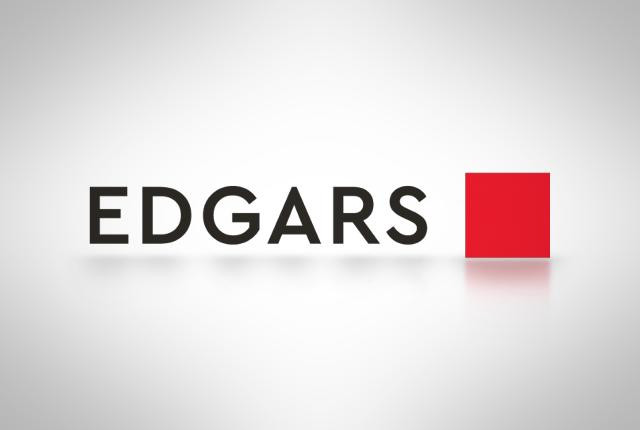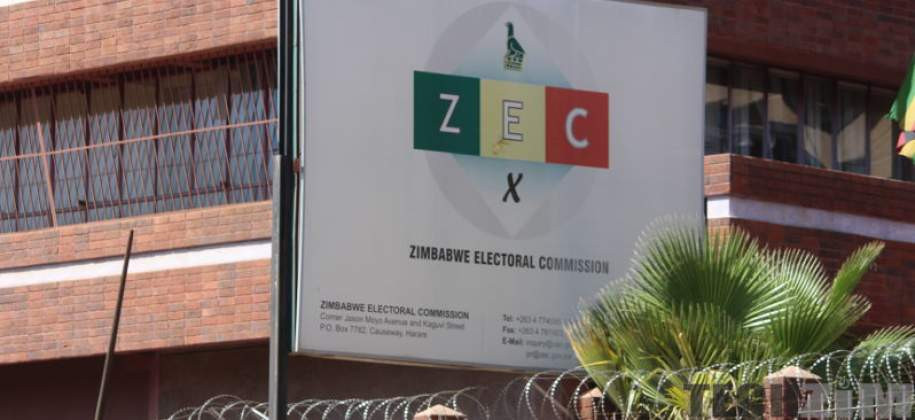
Edgars continues to advance its turnaround strategy, themed "Re- building the Walls."
The brand, which has operated in Zimbabwe for over seven decades, has recently faced several challenges, including store closures, inventory shortages due to hyperinflation, currency instability, and intense competition from Zimbabwe’s informal clothing sector.
In response, the Group implemented a rigorous restructuring plan, which included a significant US$5 million write-off in FY23 to dispose of excess inventory and reset operations. In its recent half-year report, covering the 26 weeks ending on July 7, 2024, Edgars reported declines in both volume and revenue. Despite these setbacks, the group’s efforts to enhance margins through its Carousel Manufacturing unit are expected to help lift the business going forward.
Edgars is known as a trendy, high-end family brand that brings convenience and quality to middle-and upper-class Zimbabweans. Recently, the company has expanded its focus to serve lower-income customers as well.
The Edgars Group operates several retail brands — Edgars, Jet, and Express — alongside Carousel, its manufacturing division. The flagship Edgars brand caters primarily to the premium market, while Jet serves the middle-income segment. The Group plans to open ten new Express stores annually to enhance accessibility, with three stores already operational.
During the review period, Edgars' units sold dropped by 22,4%, from 1,09 million to 0,85 million, compared to the same period last year, resulting in a revenue decline of 15,4%, from US$19 million in 2023 to US$16,1 million. This required the company to raise selling prices to maintain margins. The performance decline was driven by significant pressures on disposable income due to factors like an El Niño-induced drought, which reduced agricultural output and electricity generation.
Under such conditions, basic needs often take precedence over clothing. The group has focused on enhancing margins through improved procurement, increased internal manufacturing at Carousel, cost containment, and initiatives to keep stores stocked with fresh, high-quality merchandise despite supply chain challenges. Gross profit fell to US$7 million from US$7,58 million, although gross margins improved from 40% to 44%.
Trading profit declined by approximately US$500 000, largely due to a US$1 million drop in revenue from the micro-finance and debtors' segments. However, profit before tax rose by 169,6% over the half-year, reaching US$0,16 million from a prior loss of US$0,23 million. The Group typically achieves its highest profit in the second half, during the festive season. Finance costs were reduced by 52,4% to US$0,82 million, aided by lower lending rates and a shift to US dollar borrowing, which incurs lower interest costs. Basic earnings per share reached 0,06 cents, compared to 0,35 cents in 2023, with gearing maintained at 0,40.
- Loans freeze unsettles Zim firms
- Loans freeze unsettles Zim firms
- Edgars Borrowdale relocates to bigger space
- Edgars Borrowdale relocates to bigger space
Keep Reading
Funds raised supported the debtors' book and store expansion. Total retail merchandise revenue for the half year was US$13,2 million, a 12,8% decrease from the previous year. ZWL credit sales contributed 93,1% (up from 51,2% in 2023) of ZWL sales, while US dollar credit sales made up 73% of total US dollar sales, up slightly from 71% in 2023. The Edgars chain saw a turnover of US$8,3 million, a 5,3% drop, with units sold decreasing by 15,37% to 0,44 million. ZWL credit sales made up 73% of ZWL sales (up from 66% in 2023), while US dollar credit sales constituted 71% of US dollar sales, slightly down from 73% in 2023. Jet chain sales totalled US$6,2 million, down 17% from $7 million in the previous year, with units sold decreasing by 18,69% to 0,58 million. ZWL credit sales contributed 95,2% of ZWL sales (up from 56,9%), and US dollar credit sales accounted for 73% of US dollar sales, compared to 70,3% previously. In the Financial Services unit, the US dollar retail debtors' book grew by 25,3%, closing the half year at US$10,4 million, while the ZWL retail debtors' book surged by 1 154,3% to ZWL 7,5 million, reflecting increased dollarisation and high ZiG interest rates, which deter local currency borrowing. Active US dollar accounts rose to 82 000, from 77 000, due to new and converted accounts. Asset quality remained strong, with expected credit losses at 3,2%, well within the industry benchmark of 5%.
Club Plus Microfinance ended the first half with 91% of its loan book in current status and a Par> 30 of 4,7%, below the international benchmark. The focus was on growing the US dollar loan book with lower-risk loan products. The loan book closed at US$822 000, with growth anticipated in the second half due to additional funding and business development initiatives. — Equity Axis.











